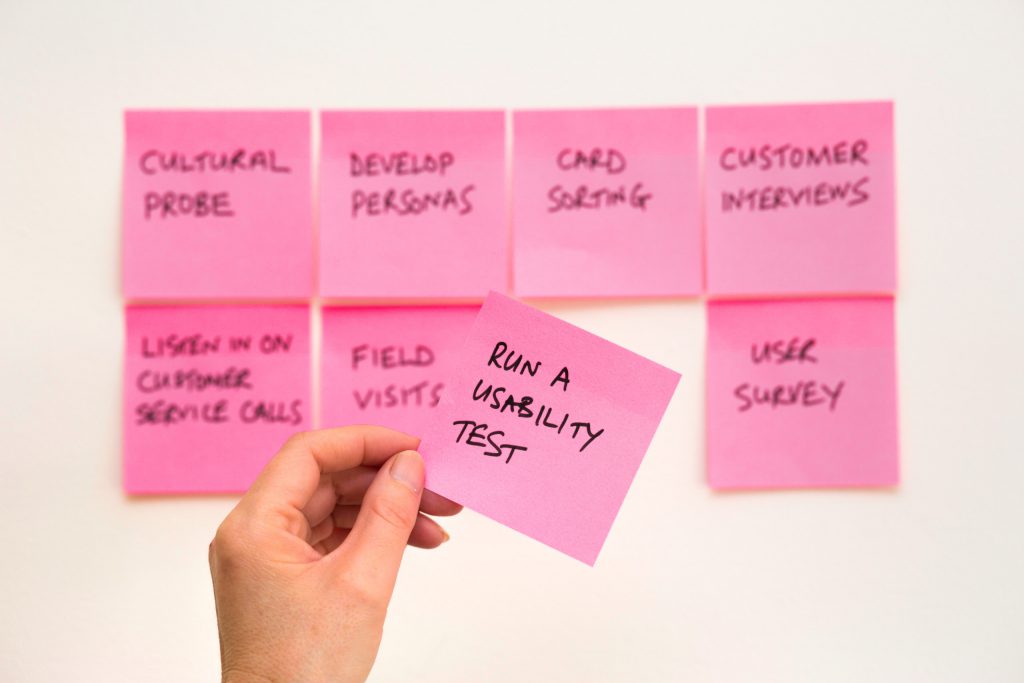The world saw a huge shift in the 2020 working environment due to the Covid-19 Pandemic. While still here in many countries, and fears of third waves on the horizon, many are holding hope for the Vaccines that seem to be still shaping out the future landscape of the working world.
While some companies used to offer a work from home perk, it has fast become the go-to standard. Now in 2021 companies are transforming workplaces to places of collaboration, rather than a dedicated heads-down workplace.
Many companies are making the permanent move to dedicate a number or all of their team to a remote working solution. Dell want to move 50% of its workfoce to remote. Amazon have picked up over 3000 remote workers, and other companies such as Saleforce and SAP have been well reported as remote working companies.
With the economy, the after effects of the worldwilde pandemic, the stagnant wages and growing government state incentives. It is clear to see why it is predicted that by 2025, nearly 70% of the workforce will work remotely, at least part-time.
By 2025, 70% of the workforce will work remotely part-time.
Kate Lister, president of Global Workplace Analytics
A few years before the Pandemic; FeatureMap itself moved from its dedicated office space to remote employees across three countries. In making these changes, we identified more effective practices, saved on overheads and costs, and introduced a new culture and productivity.
As the pandemic forced other companies also turn to the remote online workspace, we thought it would be a good time to share some of our experiences and tips for getting the best out of your distributed team. We shared our initial thoughts and experiences in our last blog related to working from home. But how baout 2021?
We are here to help, so if your small–medium business is impacted by COVID-19, reach out to us at team@featuremap.co and see how we can find a solution for you during this time.
Working from Home
Things you need for your team to be successful while working from home remotely:
- Team chat
- Video conferencing capability with screen share options
- Digital backlog management
- Shared documents
- Time management
- Ways to stay connected with each other
Team chat
There are many chat tools available online. We recommend Slack, Teams and Skype, but Slack in particular. It allows you to continue conversations throughout the course of work, either directly through private messages or in channels that act as meeting rooms. Everyone will be able to see discussions in these channels, so wise management using features like thread conversations will be key to an effective collaborative environment. You may already have a Microsoft solution and Teams have developed well in the last year.
Video conferencing
This includes daily discussions, team voice chats, and one-to-one meetings. We recommend video conferencing to encourage a continued level of professionalism, but being able to chat with somebody face-to-face can create more effective communication.
Good video conferencing software offers voice chat, video, and screen share. The ability to easily and quickly share your screen to your remote team during a meeting is time-saving gold dust. Zoom, TeamViewer, and Slack all offer this functionality.
However, be aware that both chat and voice calls can be disruptive if used unnecessarily: imagine getting called to meeting after meeting in the office!
We found a careful balance of start of the week meetings and end of the week meetings with ad hoc, required, progress meetings when required.
Common Problems
Remote work, does have its problems. Some people dislike working in the same place where they live, relax and can be hard to create a personal seperation. Other people require face to face, contact and interaction with people and the seperation can cause a disconnect. Some talk about the challenge of how to collaborate and state it is difficult to get on the same page with projects.
Luckily while we cannot help with the face to face contact. We can advise creating an area or state to help with the switch from work to personal.
Establishing discipline, dressing for work, and setting your desk or workspace in a particular manner. One trick I use is different coffee cups! Bizzare, I know, but it works!
Finally we can help with collaboration. Projects, teams, and remote working on completing a project, blacklog or product is the name of the game here at FeatureMap.
Digital backlog management
When you first start working remotely, it’s important to update the management of your tasks and responsibilities to your new environment. All those sticky notes on your monitor and scribbles left on your desk won’t work anymore. You have to go digital.
If you have a project manager, ask them to recreate your collaborative spaces in a digital space as soon as possible. Your remote team being able to access a single platform for project planning will not only help foster self-discipline but will also improve productivity. Ensure you use a tool that protects you, is easy to set up, and is clear, precise, and agnostic.
If you have any questions about FeatureMap.co, privacy, security of our online cloud or our on-premise options, drop an email over to team@featuremap.co
When we first created FeatureMap, we designed the fundamental principles based on Jeff Patton’s User Story Mapping model. Since then, however, we have evolved and developed to create a tool that can be used in multiple environments with a wide range of practices, including user story mapping, development, product management, team task management, agile workflows, kanban, and task lists.
When you recreate your collaborative space online, remember that utilising labels, custom fields, colour tags and assignments can really help you take control of your workflow.
Moving to the digital space for project management
If you are moving from a physical workspace to the digital one, and are starting afresh, you will need to first identify and define the project’s backbone.
Designate a group of people to explore your project and identify the user experience and journey. Focus on the breadth of tasks first, then build in the depth.
If its easier we now support SAML integration to allow an easier onboarding process for On-Premise accounts
Using a shared workspace to collaborate live, whilst using video chat, can really help bring your session together as well as improve the quality of the end result.
Build a map and, if you need to, outline all the projects, cases, tasks and work within it. If you want to dig deeper into user story mapping while your team is distributed, check out our guide on how to get started.
If you are still uncertain and want a demo of FeatureMap.co, do reach out at sales@featuremap.co and we’ll be happy to schedule a live demo for a small team.
Distributed team culture
Building a culture, keeping the team connection healthy, and improving communication with remote teammates is crucial. For this, team chat and communication is important. Adding a space where people can chat, share their daily lives, or simply talk before work or a meeting fosters healthy growth, keeps people engaged, and helps your teammates learn about each other. You can even build on this by creating virtual lunches together, having healthy competition about the “best lunch”, and more.




